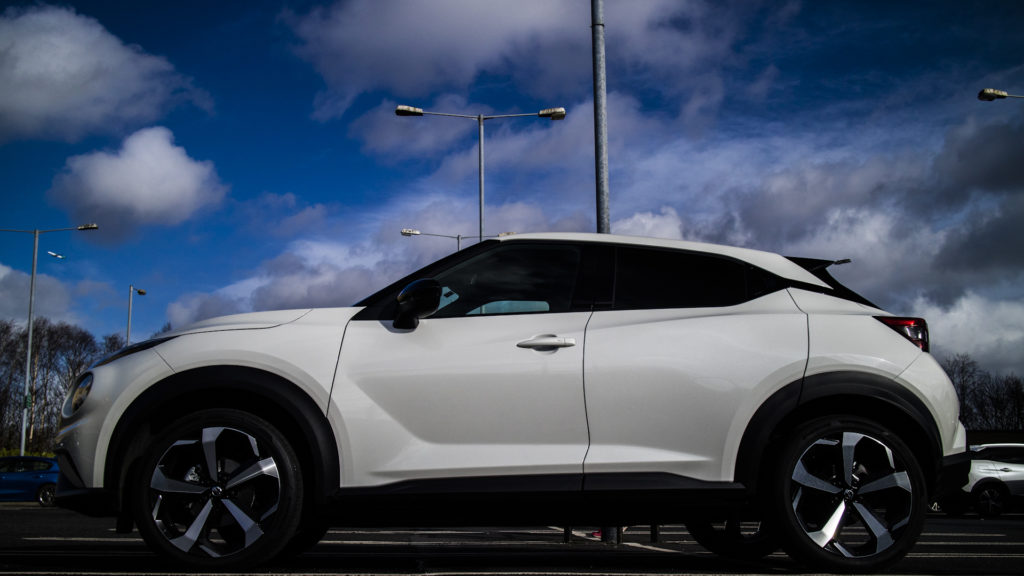
The Nissan Juke was launched in 2010 and with polarizing looks, it proved a phenomenal sales success. With tight rear seats, a small boot opening, varying interior textures and soft handling, all meant it was close to the best cars in a hugely competitive class, but what exactly was it that made the Juke stand out for its buyers?
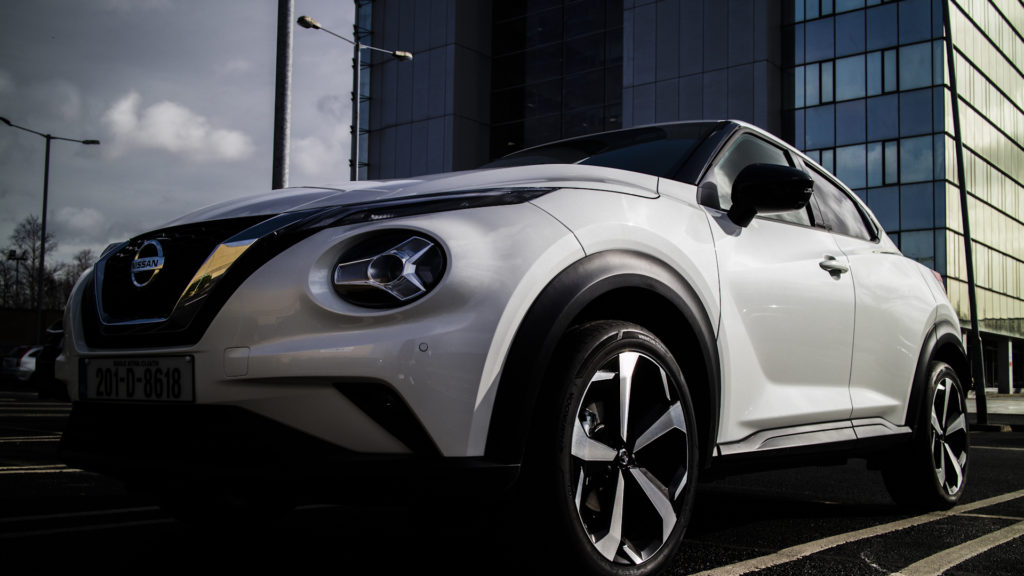
Special mention : More space and that standout Juke style
Needs work : Some of the interior plastics could do with a more plush feel on the lower spec models. ProPilot Assist engages when traffic passes by too closely but you can turn some of the assist systems off.
Specs: As tested
| Max Power 150 HP | Petrol / Auto |
| 0-100 km/h in 10.4 seconds | Road Tax €200 |
| Starting price €21,995 | Boot 422 litres |
The Volkswagen T-Cross, Citroen C3 Aircross and the Nissan Juke are all battling for sales. So what have Nissan done to keep their customers and nab new ones with this second generation Juke.
From the design it’s clear that influences from the first generation Juke have carried over. It still has those defined haunches, a tapering roofline and those concealed rear door handles, along with plenty of angular lines that give it a sharp look. It has the same circular shape but doesn’t pop out like the previous Juke and there’s some new shaped lights.
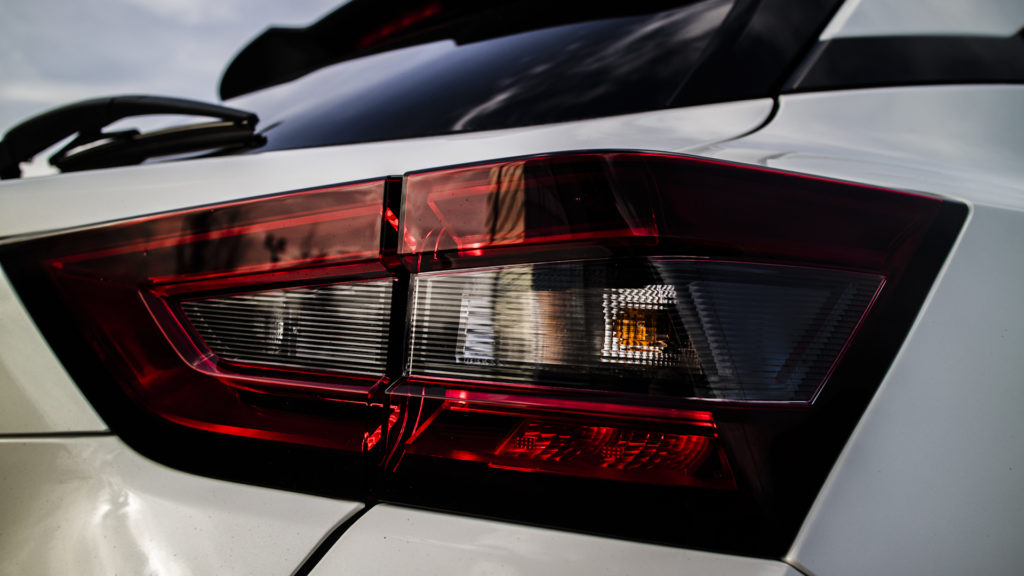
Just how different is the new Juke from the previous model? It’s 75mm longer than before, (80mm longer than a Volkswagen T-Cross) it’s also 35mm wider but the height is pretty much the same as gen one.
It’s 13% stiffer which has helped it’s safety rating gain a 5 Star NCAP, on top of being 23kgs lighter. The boot is now 422 litres, which is up from the 344 litres it was before and it also gets a height adjustable boot floor.
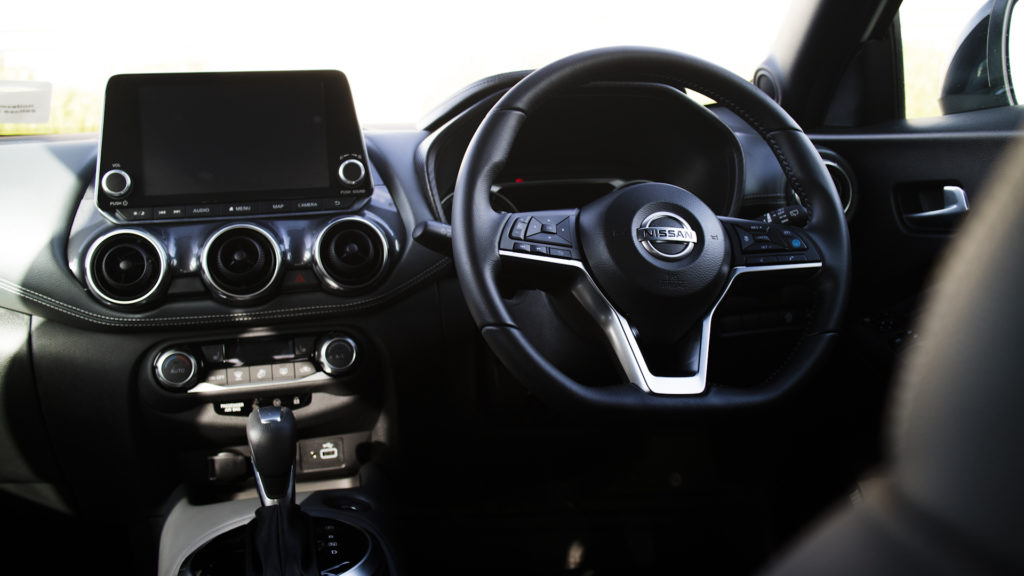
The new Juke is launching with a simple engine lineup, there’s a 1 litre 3-cylinder petrol engine from the micro with 115 bhp and 133Nm of torque. You can get it with a 6 speed manual or a 7-speed auto gearbox.
It closely matches the equivalent 1 litre Petrol engine available in the Volkswagen T-Cross and while nothing has been officially confirmed, Hybrid models could join the lineup in the future but there definitely won’t be any Diesels.
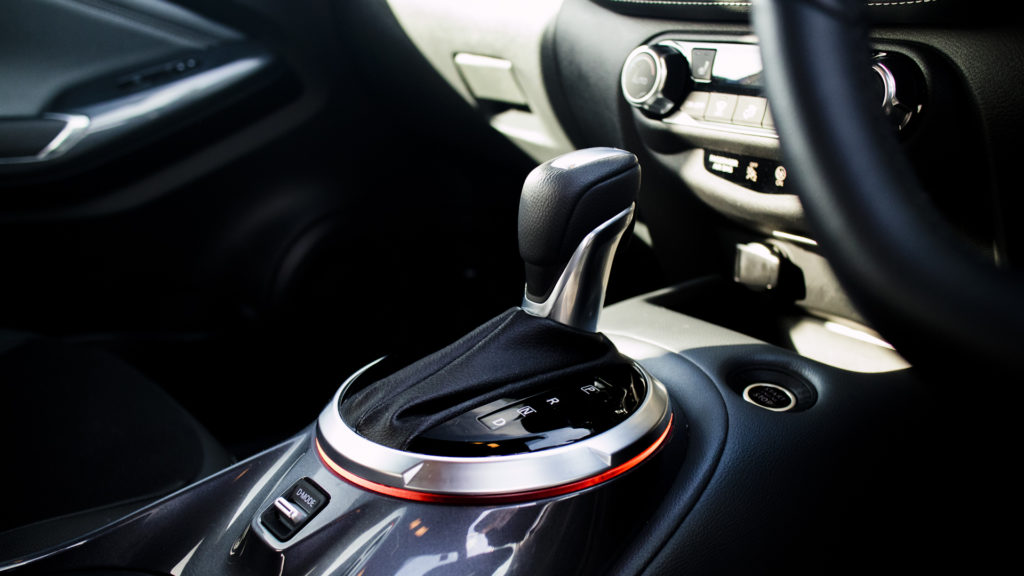
The first thing you notice getting into the new Juke is the soft touch materials on the dash, it’s a shame they didn’t use the same material on the steering wheel which is a little rougher. There’s a gloss black finish across the dash which improves and modernises the cabin over the 1st generation. The air vents are pretty cool, in a jet engine kind of way, plus you still have physical air con dials rather than everything being touchscreen.
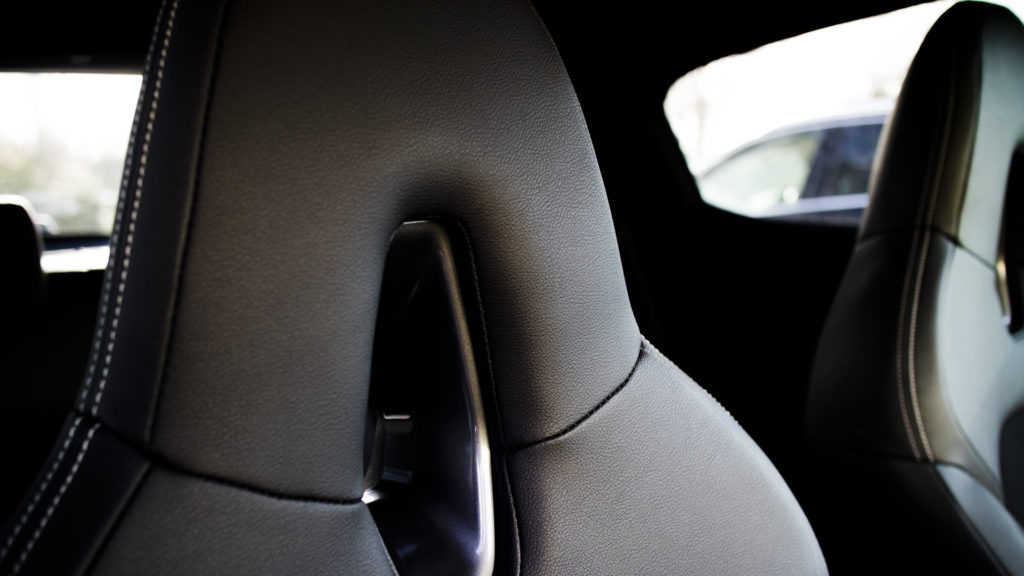
The infotainment system has the now standard connectivity features such as Apple Carplay and Android Auto throughout the range. Touchscreen sensitivity could be improved with a little more fluency but the icons are easy to read and there are lots of handy menu’s to scroll through. You can also connect it to Google assistant and it will update your sat-nav and traffic data over-the-air.
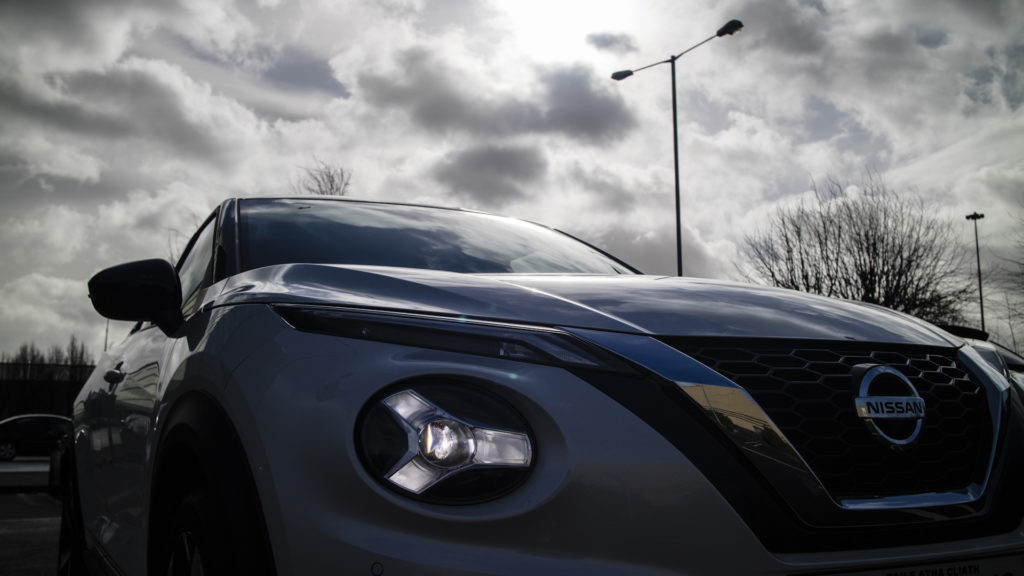
Another big step forward in the new Juke is that the steering wheel now has rake as well as reach so it’s easier to find a comfortable driving position. Nissan have managed to create more space in the back, the longer wheelbase adding a lot more interior legroom for passengers. The new Juke is priced between €21,995 and €26,950 in Ireland with every model getting automatic emergency braking as standard. So if you’re looking for something with a standout exterior design in the SUV race, the Juke improves on the first generation, with plenty of options and reasonable pricing.
